Submitted by WA Contents
BIG and MIT's Oceanix City considers human settlements as self-sustained floating community
United States Architecture News - Apr 05, 2019 - 02:14 21117 views
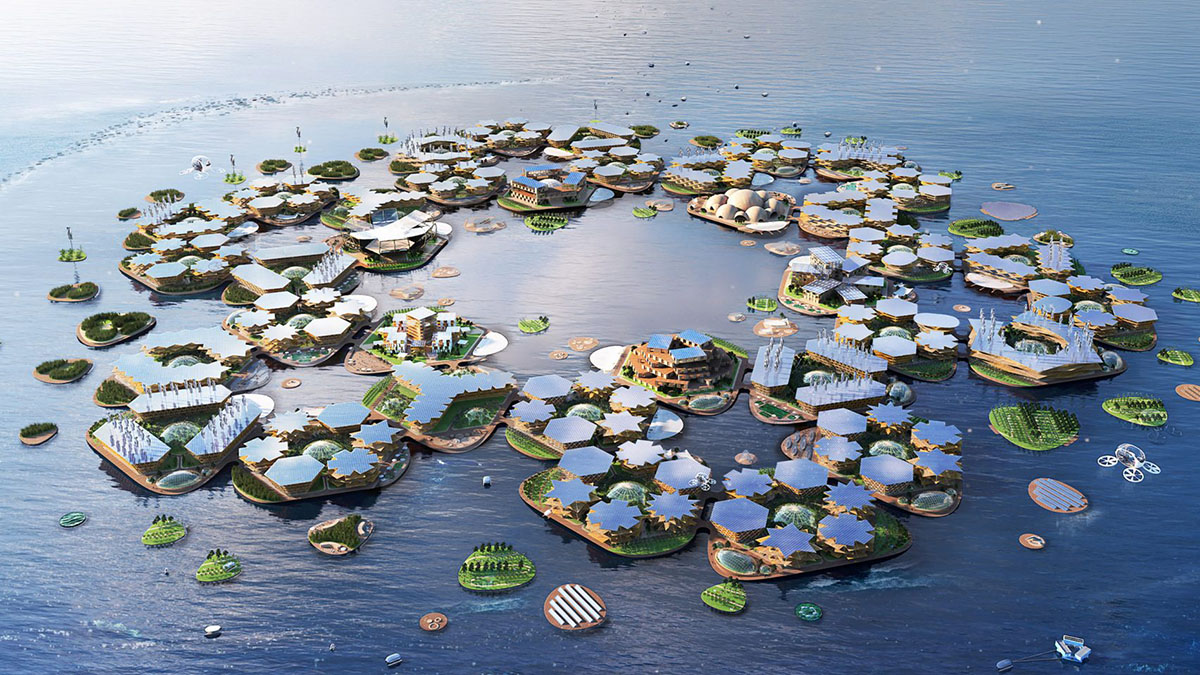
Bjarke Ingels' firm BIG and the MIT Center for Ocean Engineering and the USA-based Explorers Club have released images for "a floating city" concept to create the first sustainable and self-sustained floating community living on water. The new concept is designed as a new urban infrastructure that will help human populations for the problems of rising seas, extreme floods and storms.
Dubbed as Oceanix City, the concept has been presented by BIG and MIT on Wednesday at a roundtable discussion on Sustainable Floating Cities at the United Nations's New York Headquarters.
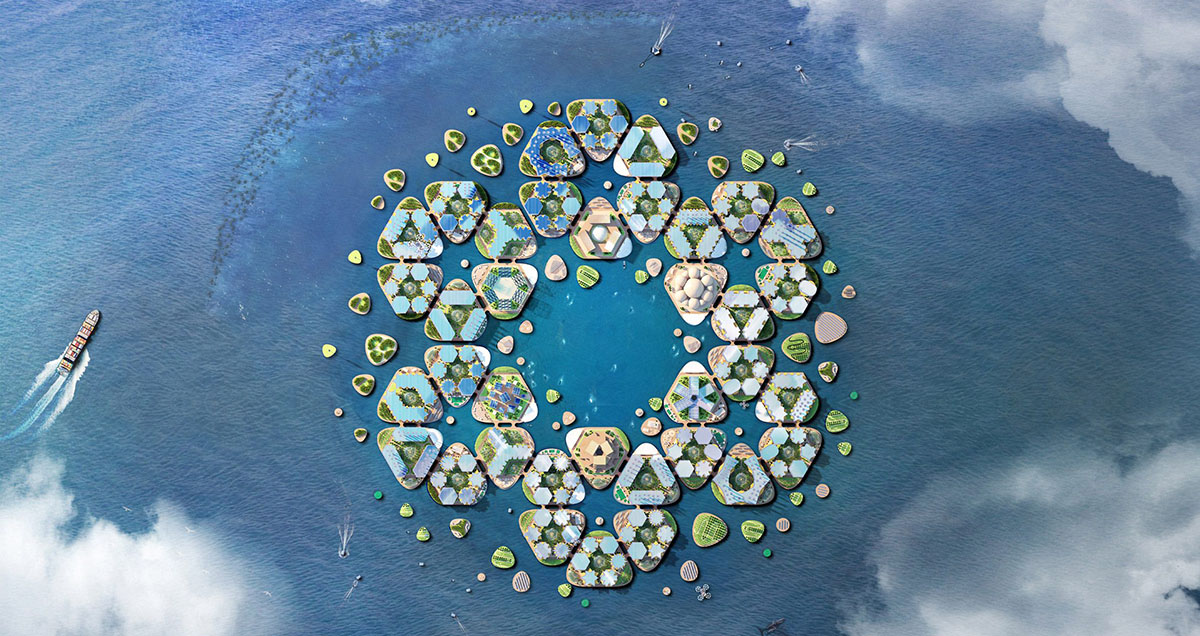
BIG’s proposal explores the next frontier for human settlements, and the possibility of living sustainably and in harmony with life below water. The design scheme is comprised of 6-module of villages and the same form of the village is repeated and expanded outwards that can be multiplied on a plan based on 4.5-acre hexagonal floating islands.
"9 out of 10 of the world’s largest cities will be exposed to rising seas by 2050. The sea is our fate – it may also be our future. The first sustainable and self-sustained floating community Oceanix City is designed as a human made ecosystem channeling circular flows of energy, water, food and waste," said Bjarke Ingels, Founding Partner, BIG-Bjarke Ingels Group.
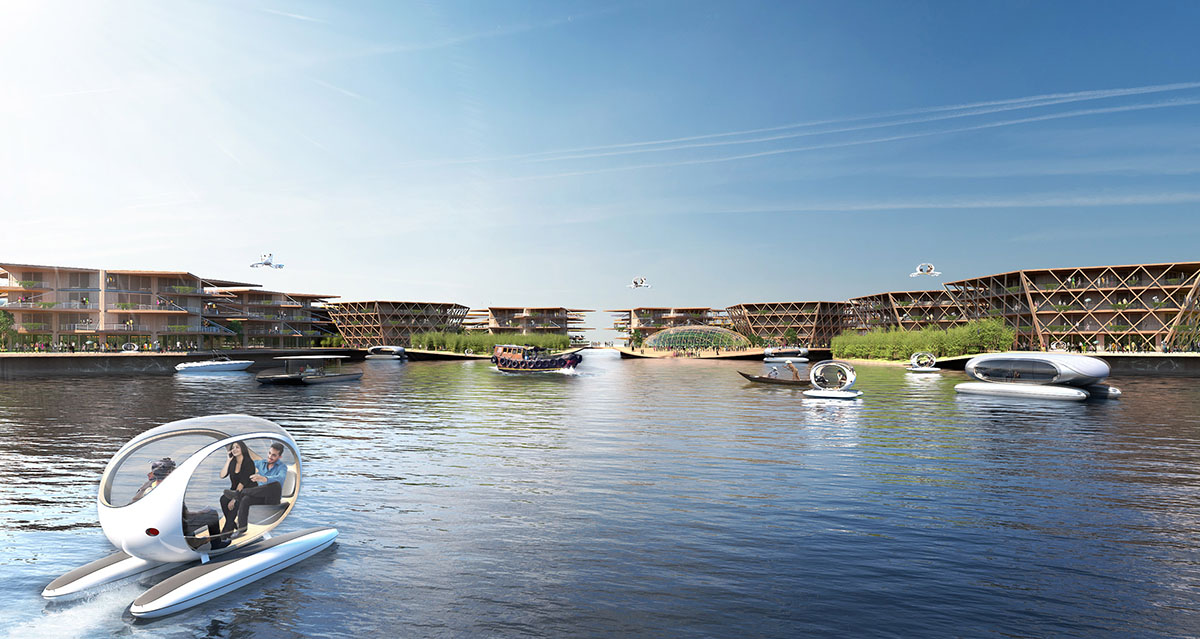
"Oceanix City is a blueprint for a modular maritime metropolis anchored in the 17 Sustainable Development Goals. The additive architecture can grow, transform and adapt organically over time, evolving from a neighborhood of 300 residents to a city of 10,000 – with the possibility of scaling indefinitely to provide thriving nautical communities for people who care about each other and our planet," Ingels added.
The meeting was co-convened with Oceanix, a company looking to build the floating structures, the Massachusetts Institute of Technology (MIT) Center for Ocean Engineering and the USA-based Explorers Club.
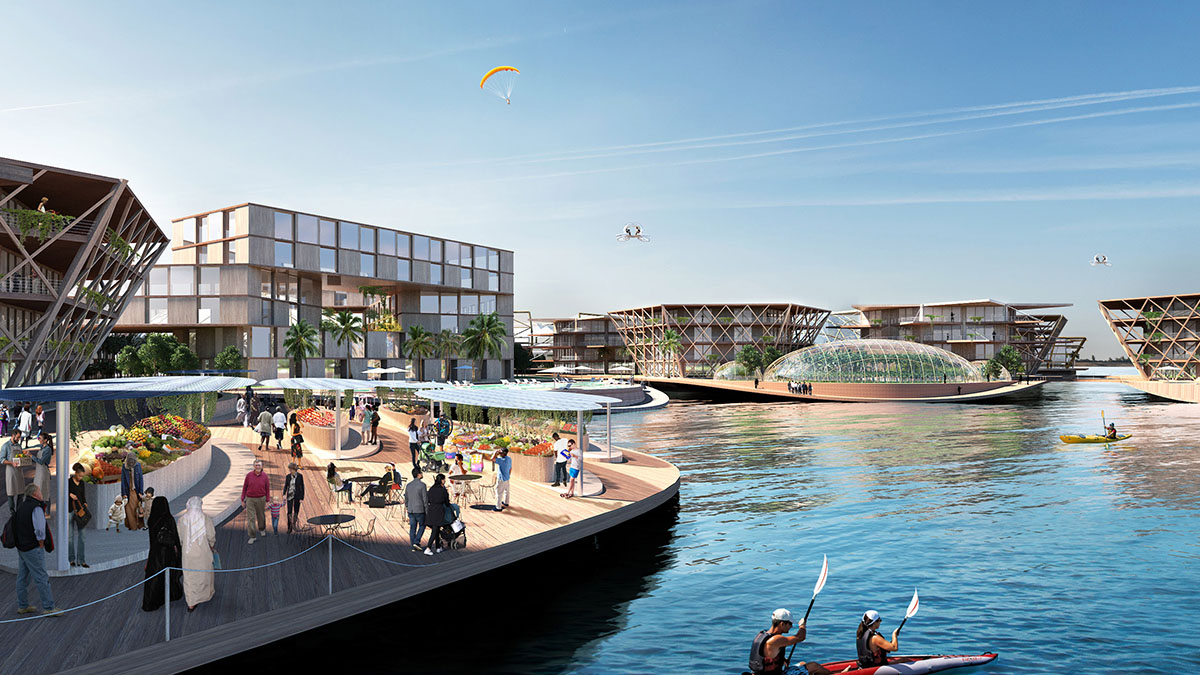
The day-long roundtable of over 70 people discussed the proposed structure and design of floating cities, how they would be situated close to cities and could be used to house those fleeing from rising sea levels and other threats from natural or climate-related disasters in their home areas and overcome housing shortages.
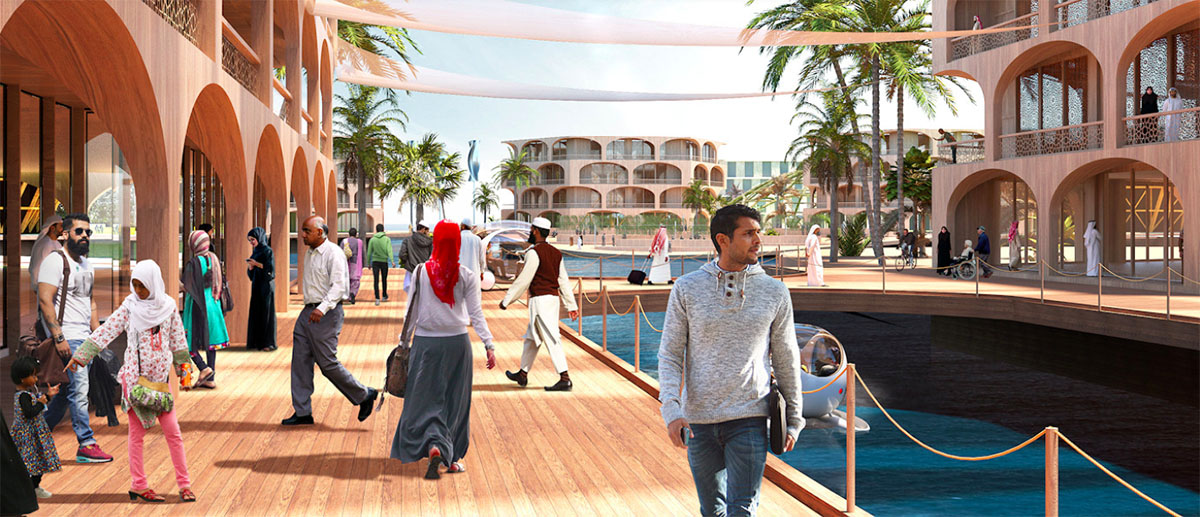
Leading architect Bjarke Ingels explained the design of the floating cities which, he said, would be home to 10,000 people, could withstand severe weather conditions and would produce their own power and food and manage water and the disposal of waste.
"We are trying to imagine a country based on the 17 Sustainable Development Goals," Ingels said.
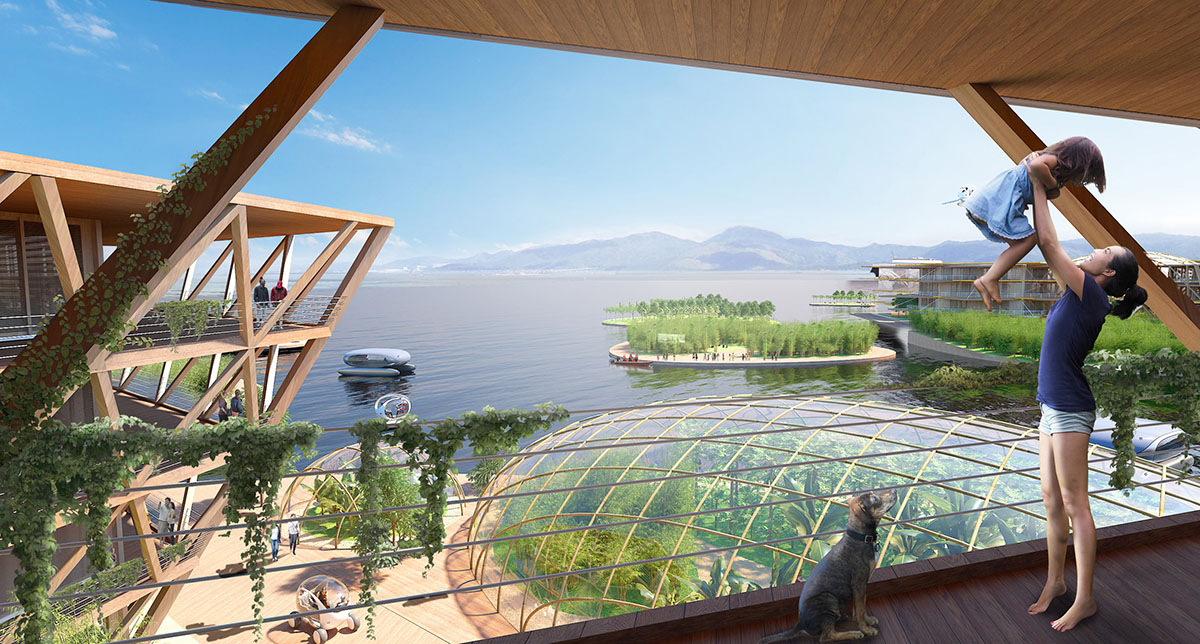
The meeting heard from a group of young people in Nairobi, Kenya who gave their thoughts on the future of urban living via a portable screen known as Ava.
"Young people have ideas but they lack support and recognition but they will continue and make sure they change the lives of people," said Isaac Muasa, an environmental activist in the informal settlement of Mathare and winner of last year’s UN-Habitat Scroll of Honour award.
"Youth are the future of cities both floating and non-floating and should bring them along and tap into their creativity and we can build together," added youth advocate, Raphael Obonyo.
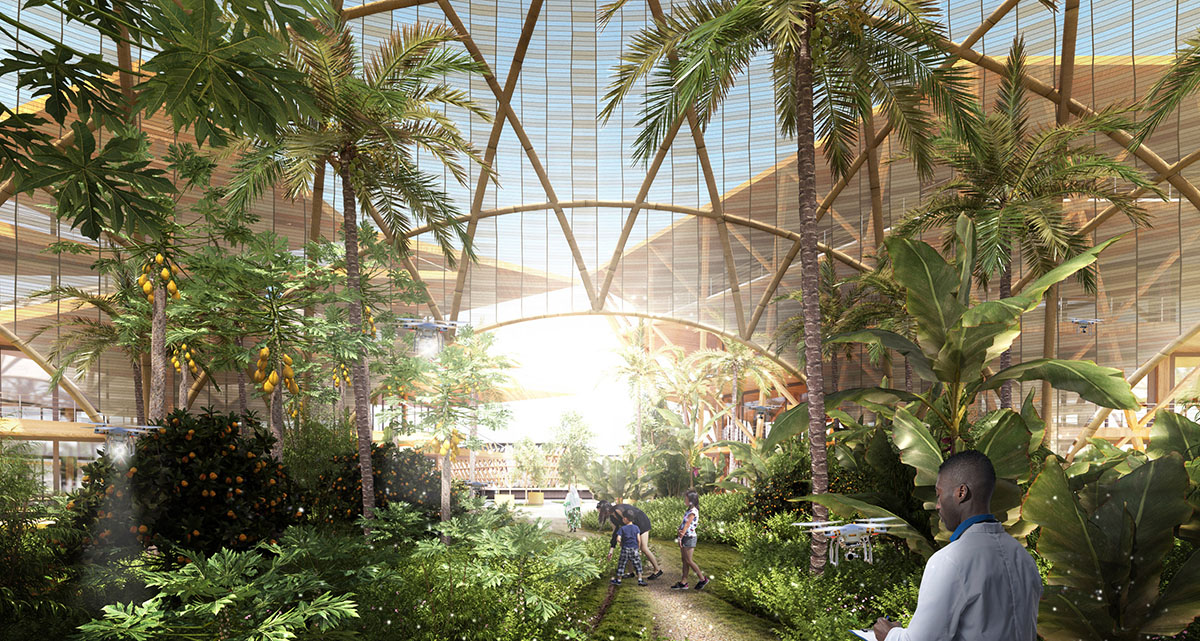
Ingels' concept is developed as a prototype and has not been approved by the United Nations yet. Each island is planned to serve 300 people and there will be a central open port that can serve the community's needs like healthcare, education, spirituality, exercise, culture, and shopping.
Conceiving "water" as the its first major source, the Oceanix City will collect water from the sky, the sea, and even the air, which means the design will collect every drop of rainwater that falls onto the floating city, by also using every paved surface and roof to capture the water and direct toward somewhere it can be stored.
That system is developed as the most ideal water source because it requires no energy to collect. Oceanix City's second water source would be the ocean. BIG’s concept will include a water desalination plant on the underside of the floating city.
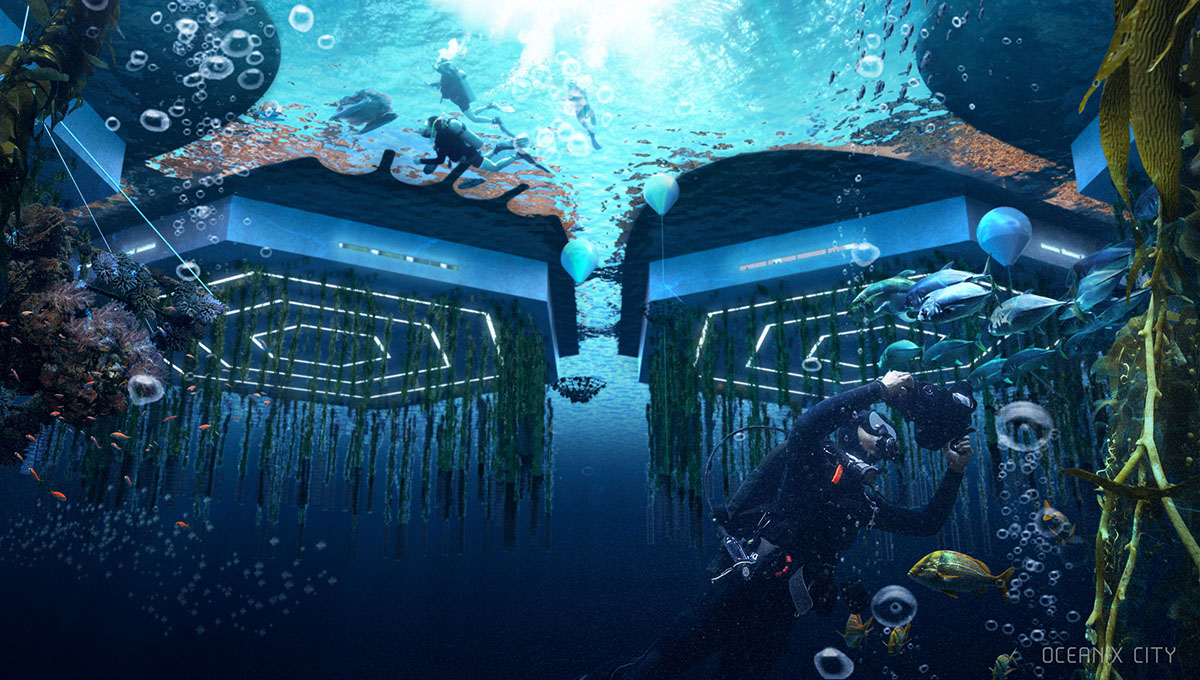
In the overall plan, BIG will use "locally sourced" materials such as wood and bamboo for the construction of the houses. BIG will also use wind and water tribunes and solar panels as renewable energy sources.
In each island, the firm will use the material - called biorock to anchor each island at the bottom of the ocean. This material is used for low voltages of electricity to stimulate the growth of limestone out of ocean mineral deposits - which is conceived as used ecologically friendly material used to facilitate the growth of coral reefs.
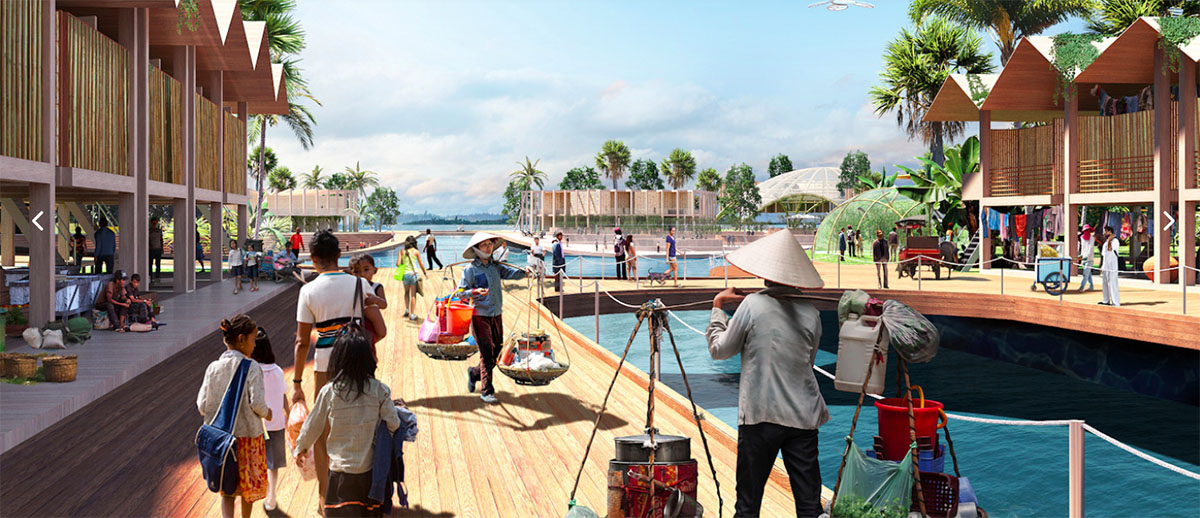
"Floating cities had to be affordable and said they aimed to build a prototype on a reduced scale to solve the small problems first," said Marc Collins Chen, the co-founder of Oceanix.
"If we are able to create a closed loop system for floating cities, they will become role models for cities around the world," said Suzy Amis Cameron, who is an environmental advocate along with her husband, film director James Cameron.
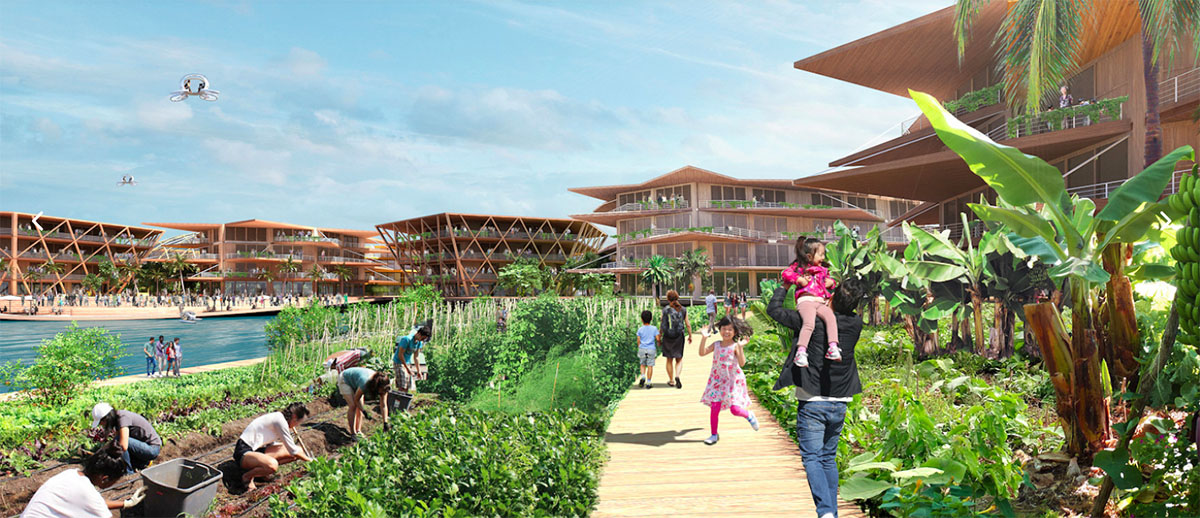
Project facts
Project name: Oceanix City
Partners-in-charge: Bjarke Ingels, Daniel Sundlin
Project leaders: Alana Goldweit, Jeremy Alain Siegel
Project team: Andy Coward, Ashton Stare, Autumn Visconti, Cristina Medina-Gonzalez, Jacob Karasik, Kristoffer Negendahl, Mai Lee, Manon Otto, Terrence Chew, Thomas McMurtrie, Tracy Sodder, Walid Bhatt, Will Campion, Yushan Huang
Collaborators: MIT Center for Ocean Engineering, Mobility in Chain, Sherwood Design Engineers, the Center for Zero Waste Design, Transsolar KlimaEngineering, Dickson Despommier, the Global Coral Reef Alliance, Studio Other Spaces (Olafur Eliasson and Sebastian Behmann).
All images © BIG
> via BIG & UN-Habitat
